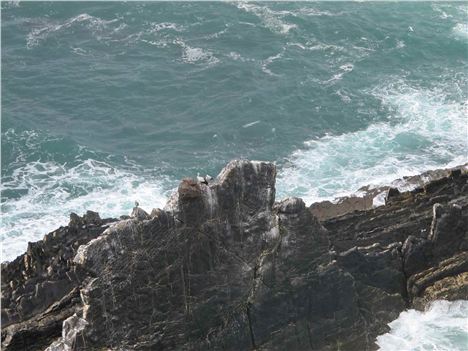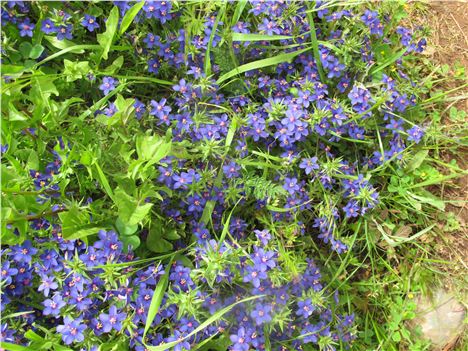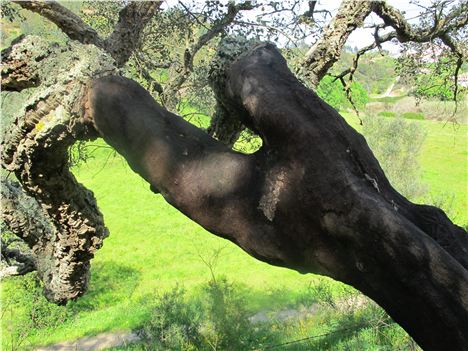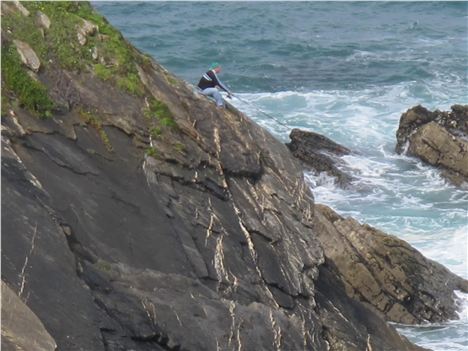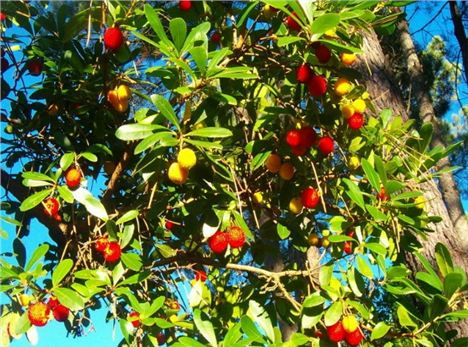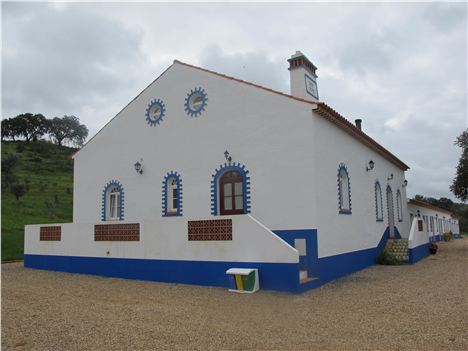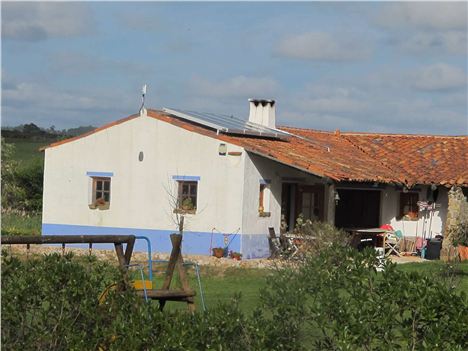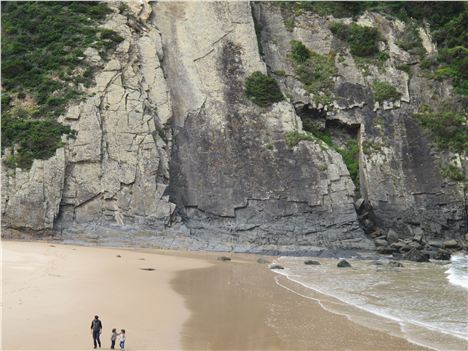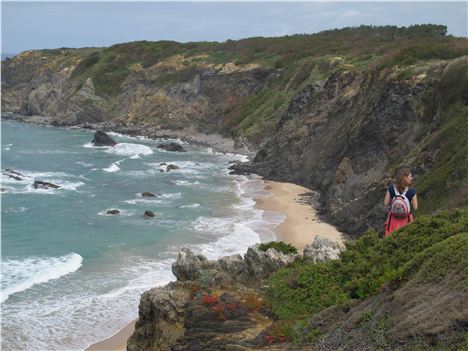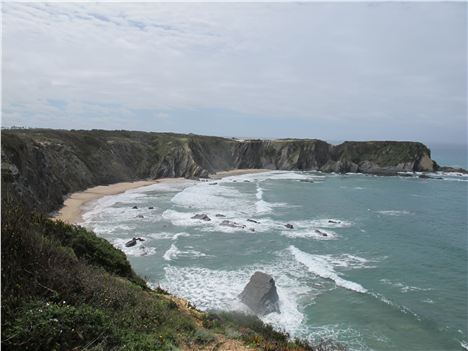I LOVE collective nouns for birds – a murmuration of swallows, an unkindness of rooks, that kind of thing. I don’t know the Portuguese equivalent for a mustering of storks, but I do know this country’s where you’ll find Europe’s most spectacularly based colony of these long-billed curiosities. Been there, got the vertigo.
Alentejo’s rugged wreckers’ coast is where the Continent ends. There’s a good reason for the lighthouse at Cabo Sardão. There’s also a good reason why I’m perched precariously on the cliff edge, staring down. It doesn’t stop my head spinning and my stomach churning as I focus my Canon on the white stork family nesting a hundred feet below.
'You tweeze the chewy, tiny penis-like morsels from their shells and suck them. Diplomatically, let’s say the sea bream packed more flavour'
Their basket-like home sits on a granite sea stack. Inland you’ll find such elaborate constructions atop trees and telegraph posts. Here uniquely, unaccountably, year in year out, along a 25 mile stretch of coast this particular group chooses the harshest nesting ground imaginable.
In winter the waves that buffet them even now will surge and smash at the nests. By then the chicks will have flown. Here in spring it’s rearing time. I can hear mother stork clattering her bill to organise her brood (storks are mute and have no true cry). Clutching rock, I can smell the sea and the almost narcotic aroma of the esteva or gum rock rose, which is as attracted to this coast as the storks.
 The sticky, perfumed esteva close up
The sticky, perfumed esteva close up
This evergreen shrub with a resinous sticky feel only becomes a thing of beauty in April when it blooms. Clambering back from the edge, I stare close up at its crinkly white flower bearing five purple dots, likened locally to the wounds of Christ, and suddenly, wow, finally associate the perfume – lip gloss, super-concentrated.
 Clifftop flower show is one of the delights of thre Fisherman's Trail
Clifftop flower show is one of the delights of thre Fisherman's Trail
There are many other scents to enjoy. At this time of year the clifftop vantage points are quilted in an astonishing array of wild flowers, an equally captivating photo-opportunity made possible by the new long distance footpath I am offroad-testing here in south west Portugal.
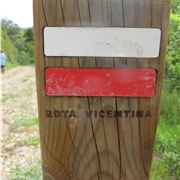 Historical Way markerThe Rota Vicentina combines two terrific walking routes on a north south axis – the Historical Way (150 miles), which runs from the ancient town of Santiago do Cacém to Cape St Vincent, in the Algarve, and the Fisherman’s Trail (71 miles), which branches off north at the hilltop town of Odeceixe, climbing up from the vast beach that’s a wind surfer’s paradise. The Rota’s name comes from the Parque Natural do Sudoeste Alentejano e Costa Vicentina, one of the many ‘natural parks’ (parques naturais) in Portugal that enjoy a degree of protection from development.
Historical Way markerThe Rota Vicentina combines two terrific walking routes on a north south axis – the Historical Way (150 miles), which runs from the ancient town of Santiago do Cacém to Cape St Vincent, in the Algarve, and the Fisherman’s Trail (71 miles), which branches off north at the hilltop town of Odeceixe, climbing up from the vast beach that’s a wind surfer’s paradise. The Rota’s name comes from the Parque Natural do Sudoeste Alentejano e Costa Vicentina, one of the many ‘natural parks’ (parques naturais) in Portugal that enjoy a degree of protection from development.
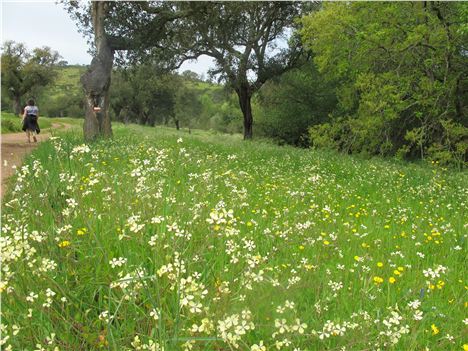 Meadows along The Historic Way; below, a stripped cork oak
Meadows along The Historic Way; below, a stripped cork oak
We hiked one stretch of the less strenuous Historical, all meadows, hedgerows, riverbanks and ubiquitous cork oaks, with a hardly a soul to say “Bom Dia” to. A steep ascent in claggy clay before reaching our destination of Sao Teotonio and an improvised crossing of a stream were the only hazards on an afternoon of pastoral idyll.
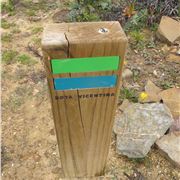 Fisherman's Trail markerBut it was the three sections of the Fishermen’s Trail that took the breath away. Literally, at times, as we tackled vertiginous tracks that were barely grooves in the rock. Less hairy but incredibly sapping was tramping through heavy sand. Stick to the green and blue striped waymarkers and you’ll be OK, we were told. Occasionally, we strayed, momentarily puzzled, but generally it’s a splendid job done by the Rota’s creators, Casas Brancas, (“Whitewashed Houses Association”), the agroturismo network for the Vicentina Coast.
Fisherman's Trail markerBut it was the three sections of the Fishermen’s Trail that took the breath away. Literally, at times, as we tackled vertiginous tracks that were barely grooves in the rock. Less hairy but incredibly sapping was tramping through heavy sand. Stick to the green and blue striped waymarkers and you’ll be OK, we were told. Occasionally, we strayed, momentarily puzzled, but generally it’s a splendid job done by the Rota’s creators, Casas Brancas, (“Whitewashed Houses Association”), the agroturismo network for the Vicentina Coast.
It was no small job persuading landowners to guarantee access officially linking sporadic, centuries-old fishermen’s tracks. The fishermen are still around. You see their mopeds parked high above barely accessible coves, from which they precariously pursue their calling. Economic times are hard in Portugal and there’s a living to be earned selling a catch to local restaurants (many of which are excellent value).
 Fishermen putting out into rough seas; below, going it alone
Fishermen putting out into rough seas; below, going it alone
Let’s hope the creation of the Rota Vicentina generates valuable tourism income because this is a genuinely unspoilt coastline, perfect for walking and eco-tourism. I particularly liked the varied section north from Cabo Sardão, offering sandy dunes, pine woods and excellent beach vistas. It helped, too, that the sun came out. The next day the section from Almograve to Vila Nova de Milfontes, the most developed of the small resorts, seemed bleaker under grey skies and rain squalls. Compensation: the surf was awesome.
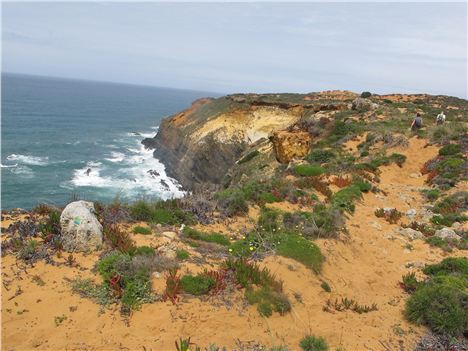 Stunning sandy setting for the Fisherman's Trail beyond Cabo Sardao
Stunning sandy setting for the Fisherman's Trail beyond Cabo Sardao
We did 12 to 15 miles each day, enough to stretch the calves – but it was the views that set the pulse racing. It helped that our luggage was ferried on to our different lodgings and only bottle water and generous picnics occupied our backpacks.
Spring and autumn are perfect times to walk here. Summer, with temperatures touching 40C, would be too hot for most. Lisboners, not a tribe given to hiking, come down in summer to relax at Vilanova with fine beaches along its estuary and quieter rival Zambujeira do Mar. Yet it’s all quite homespun, hardly a Costa.
Yet we were told that in high season you could wait for hours for a table at simple clifftop fish restaurants such as the Bar Azenha do Mar in the fishing village of that name or the Restaurant O Sacas, at a harbour just north of Zambujeira. In April we found a table easily at both and amply satisfied appetites keened by all that sea air.
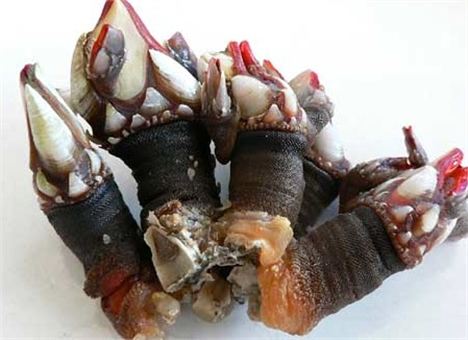 Perceves – definitely an acquired taste
Perceves – definitely an acquired taste
O Sacas served up a starter of perceves (goose barnacles, known as percebes in Spain), a delicacy all down the Atlantic coast. Fishermen risk their lives unclamping these reptilian like shellfish from exposed rocks and they fetch a premium price. You tweeze the chewy tiny penis-like morsels from their shells and suck them. Diplomatically, let’s say the sea bream main and, at Azenha, the seafood rice packed more flavour.
Portuguese wines are terrifically undervalued outside the country, particularly the whites. With the fish dishes we drank mainly the heady Alentejo versions, but the more delicate vinho verdes from Portugal’s far north impressed, too,
After a meal it seemed appropriate to drink the local firewater, Aguardente de Medronhos. The fruit for this spirit comes from the Medronho, also called strawberry tree (pictured below), which grows wild on the least fertile soils. There is no commercial plantation and the fruits are mainly collected by hand by farmers and processed privately. The supermarket versions lack the character.
Our best and most larynx scorching example came after a lovely meal of bacalao (salt cod) and custard tart at the Quinta do Chocalinho, one of the Casas Brancas properties.
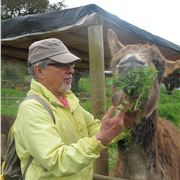 Luis feeds a greedy assWe toasted our host Luis Mendonça Freitas, a former government lawyer who has returned to his childhood home in 70 hectares near Odemira to run it as a guest house. Breakfast offered divine pumpkin preserve and local ricotta cheese. We visited the dairy at the start of our walk along the Historical Route, on which we were accompanied by Luis – to see we didn’t get lost. His daughter Teresa collected us at our destination. Goats and donkeys roam Luis’s valley, while his dedication to good husbandry shows in the planting of cork oaks, to provide income one day for his grandchildren. The trees can’t be harvested until they’ve been nine years in the ground. Now that is an investment.
Luis feeds a greedy assWe toasted our host Luis Mendonça Freitas, a former government lawyer who has returned to his childhood home in 70 hectares near Odemira to run it as a guest house. Breakfast offered divine pumpkin preserve and local ricotta cheese. We visited the dairy at the start of our walk along the Historical Route, on which we were accompanied by Luis – to see we didn’t get lost. His daughter Teresa collected us at our destination. Goats and donkeys roam Luis’s valley, while his dedication to good husbandry shows in the planting of cork oaks, to provide income one day for his grandchildren. The trees can’t be harvested until they’ve been nine years in the ground. Now that is an investment.
All the Casas Brancas members we stayed with, five in all, shared a common commitment to sustainable tourism, but each property had a distinctly different feel. Jose Gomes de Almeida at Casa Vicentina, a short walk from Odeceixe beach, has created his traditional adobe farmhouse complex from scratch. At night the frogs boomed from his beautiful “biological lake” as in the bar charming Jose asked our honest opinion of some reds he had brought back from the Algarve.
David Ingham, born of an English father in Portugal, offers guests complete peace at the stylish new-build that is the Herdade da Estacada. Only the traditional separate roasting oven remains from the original property at what is very much a young family home. David’s wife Maria served us for a dinner an Alentejan speciality of duck, chorizo and rice with excellent local red.
Quite different, the Monte da Galrixa on its breezy hilltop with vast views, is a working farm. When we had to leave at 6am to head back north, one of the staff got up to make us a cooked breakfast. Typical of the hospitality we found throughout our journey.
Most eco-conscious of all our five hosts was much-travelled Miguel Godinho, who has single-handedly restored the 19th century farm buildings, built using traditional rammed earth methods, that make up the Cerro da Fontinha with its large muddy lake. Perfect for a health-giving swim, he said. We demurred.
Miguel has just launched a new walking holiday package in collaboration with two other members of the Casas Brancas with a clear focus on the Fishermen's Trail, offering guests longer stays at lodgings along the route to cut out unnecessary transfers, while travel options include arriving at Faro Airport in the Algarve, which is closer than Lisbon. For details of the package email him at info@cerrodafontinha.com.
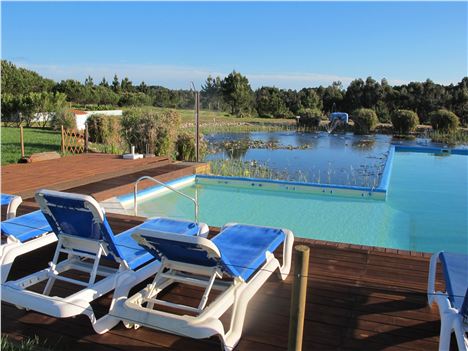 Pool and natural pond at Casa Vicentino; below, chilling out there
Pool and natural pond at Casa Vicentino; below, chilling out there
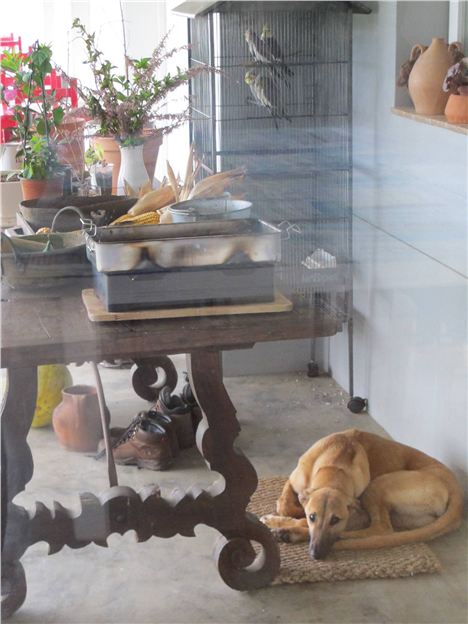 Further chill out time at Herdada da Estacada
Further chill out time at Herdada da Estacada
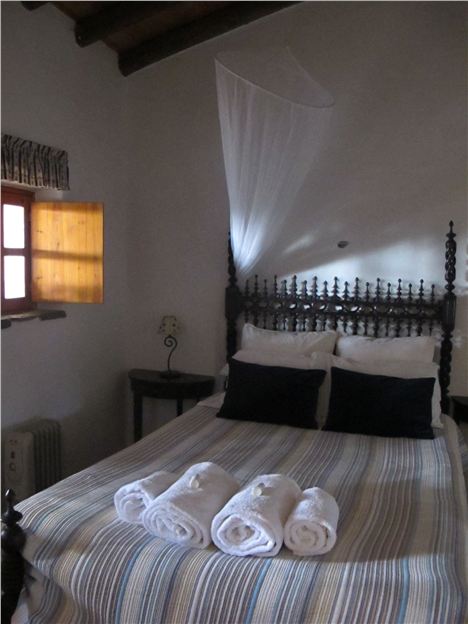 Bedtime at Cerro da Fontinha, a traditional restoration, below
Bedtime at Cerro da Fontinha, a traditional restoration, below
Many thanks to all our generous hosts along the route: Jose and Vania; Miguel; David and Maria; Luis, Margarita and Teresa; and Jose Luis plus their colleagues from Casas Brancas Marta Cabral and Balthasar Trueb (an exiled Swiss who runs his own turismo rural, Tres Marias) – and the guides on our walks, surfer Fillipe and agroturismo owner Sara (www.cercadosul.com).
Fact file
Where to stay (all highly recommended):
Casa Vicentina offer a double room with breakfast from 90€ Mon-Fri, 100€ Sat-Sun www.casavicentina.pt
Cerro da Fontinha offer a double room with breakfast from 80€ www.cerrodafontinha.com
Herdade da Estacada offer a double room with breakfast from 70€ Mon-Fri, 120€ Sat-Sun www.herdadedaestacada.com
Quinta do Chocalhinho offer a double room with breakfast from 75€ Mon-Fri, 110€ Sat-Sun www.quintadochocalhinho.com
Monte da Galrixa offer a double room with breakfast from 65€ Mon-Fri, 110€ Sat-Sun www.montedagalrixa.com
For more information regarding the Rota Vicentina visit their website (with interactive map): http://rotavicentina.com/?lang=en
For more information regarding the Casas Brancas Association and to book accommodation visit www.casasbrancas.pt
For more information regarding Portugal visit www.visitportugal.com
Things to do when you’re not walking:
Learn to surf with Fillipe at Vila Nova de Milfontes. www.surfmilfontes.com
Or take a boat trip from Vila Nova to Odemira up the Mira, officially Europe’s purest river. It is certainly must be the quietest. www.duca.pt
Getting there:
Neil flew from Manchester to Lisbon with TAP Portugal (0845 601 0932, www.flytap.com), which flies from Manchester, London Heathrow and Gatwick up to nine times daily with return fares starting at £126 including all taxes and surcharges. He chose car hire from Guerin www.guerin.pt/uk/.
Manchester Airport parking:
Neil Sowerby left his car park in T1 and 3 Long Stay. Here are all the options:
VIP Valet – drop and collect your car right next to the terminal and get fast tracked through security. Your car is parked on site.
Meet and Greet – drop your car off with staff next to the terminal and collect on your return. Your car is parked on site.
Multi-storey car park at T1, 2 and 3 – ultra-convenient multi-storey car parking right next to the terminal. Park and walk under cover to reach the terminal.
Long stay car park at T1, 2 and 3 – ground surface car park offering free, regular 24 hour bus transfers direct to the terminal.
Shuttle Park – secure parking at great rates for cost-conscious travellers. Free, regular 24 hour bus transfers direct to the terminal.
JetParks – low-cost parking option run by Manchester Airport, fully manned 24/7, parking from £2.99 per day. Visit this link.










